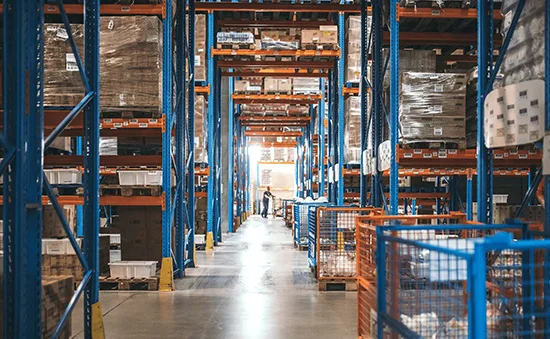Unlocking the Mystery of Shipping Costs: A Comprehensive Guide to Sending Large Heavy Boxes
In the realm of logistics and shipping, understanding the intricacies of pricing can often feel like deciphering an ancient code. Especially when it comes to shipping large heavy boxes, the cost isn't merely a function of size and weight; it's a tapestry woven with threads of distance, packaging, service type, and myriad other factors. Today, we're diving deep into the quagmire of shipping expenses to answer the ever-pertinent question: How much does it cost to ship a large heavy box? Prepare to emerge with a comprehensive understanding that will make you a shipping savant.
- The Basics: Weight and Dimensional Weight
Let's start with the fundamentals. Shipping costs are primarily influenced by two critical metrics: actual weight and dimensional weight. Actual weight is straightforward—it's the physical mass of the package. Dimensional weight, however, is a bit trickier. It's a calculation used by carriers to account for the space a package occupies on a truck or aircraft. The formula typically involves multiplying the package's length, width, and height, then dividing by a dimensional factor set by the carrier.
For large heavy boxes, while actual weight might be substantial, dimensional weight can sometimes be the deciding factor in cost. If your box has a large volume but relatively light contents, you could end up paying more based on its dimensional weight. Therefore, it's crucial to measure accurately and use a dimensional weight calculator to estimate costs effectively.
- Distance Matters: The Geography of Shipping
Distance is another significant cost driver. Shipping locally, say within the same state or nearby regions, will generally incur lower costs compared to cross-country or international shipments. This is due to fuel consumption, handling time, and the logistics involved in longer routes. International shipping adds another layer of complexity, with tariffs, customs clearance fees, and potential taxes influencing the final tally.
When budgeting for shipping, consider using shipping cost calculators that factor in origin and destination ZIP codes. These tools provide real-time quotes, helping you make informed decisions about the most cost-effective routes.
- Mode of Transportation: Air vs. Ground
The mode of transportation you choose significantly impacts shipping costs. Air freight is faster but significantly more expensive due to higher fuel costs and limited cargo space. Ground shipping, while slower, is generally more affordable and suitable for large heavy boxes that aren't time-sensitive.
Moreover, within ground shipping, options like expedited services, LTL (Less than Truckload), and FTL (Full Truckload) offer different pricing tiers. LTL is often the go-to for large but not overwhelmingly heavy items, as it consolidates shipments from multiple customers onto a single truck, reducing costs. FTL, on the other hand, is ideal for extremely heavy or bulky loads that require the entire truck's capacity.
- Packaging: Protect Your Investment
Don't underestimate the role of packaging in determining shipping costs. Poorly packaged items risk damage during transit, leading to potential claims and re-shipments that can skyrocket expenses. Invest in sturdy boxes, reinforced corners, and appropriate cushioning materials like foam, bubble wrap, or air pillows.
Remember, the cost of materials adds up, but so does the peace of mind that comes with knowing your shipment is well-protected. Consider sustainable packaging options as well; not only is it environmentally friendly, but some carriers offer discounts for eco-conscious packaging practices.
- Additional Services and Insurance
Additional services like liftgate assistance (for loading and unloading heavy items), residential delivery fees, and appointment scheduling can add to the overall cost. If your box exceeds standard size or weight limits, you may also incur oversize or overweight surcharges.
Insurance is another crucial consideration. While some carriers include a basic level of coverage in their rates, valuable or highly fragile items may require additional insurance to cover potential losses or damages. Assess the value of your contents and calculate the appropriate insurance level to avoid financial loss in case of mishaps.
- Negotiating with Carriers
Lastly, don't overlook the power of negotiation. If you're a frequent shipper, establishing a relationship with a carrier can lead to volume discounts and preferred rates. Consider signing up for carrier accounts that offer loyalty programs or negotiate a contract with fixed rates for recurring shipments.
Conclusion: A Balancing Act
Determining the cost to ship a large heavy box is indeed a multi-faceted endeavor. It requires a nuanced understanding of weight calculations, geographical factors, transportation modes, packaging strategies, additional services, and carrier relationships. By meticulously considering each of these elements, you can craft a shipping plan that balances cost-effectiveness with reliability and efficiency.




